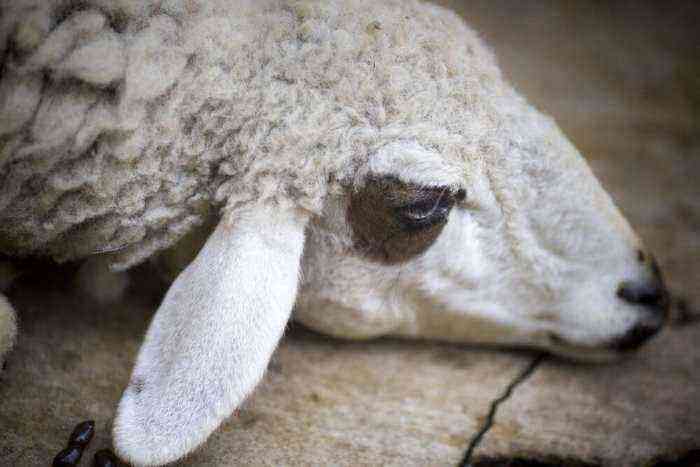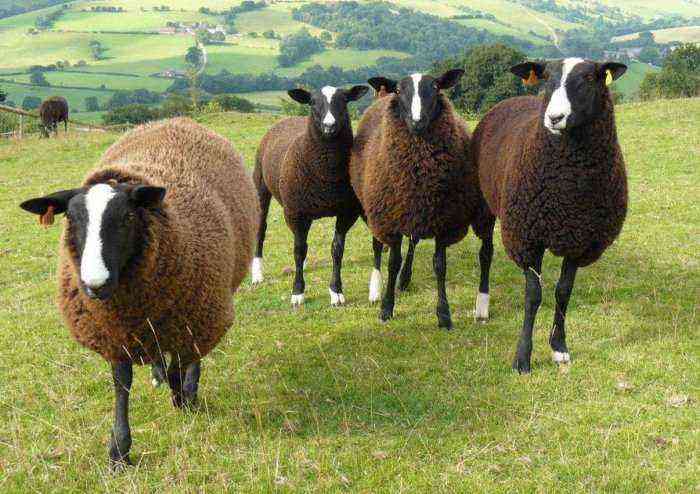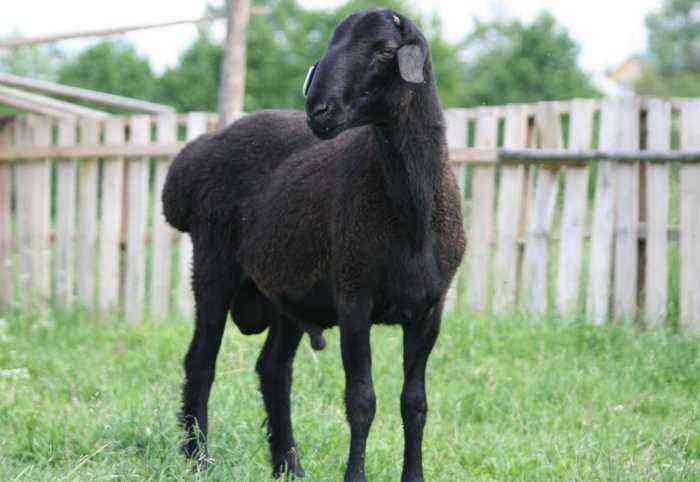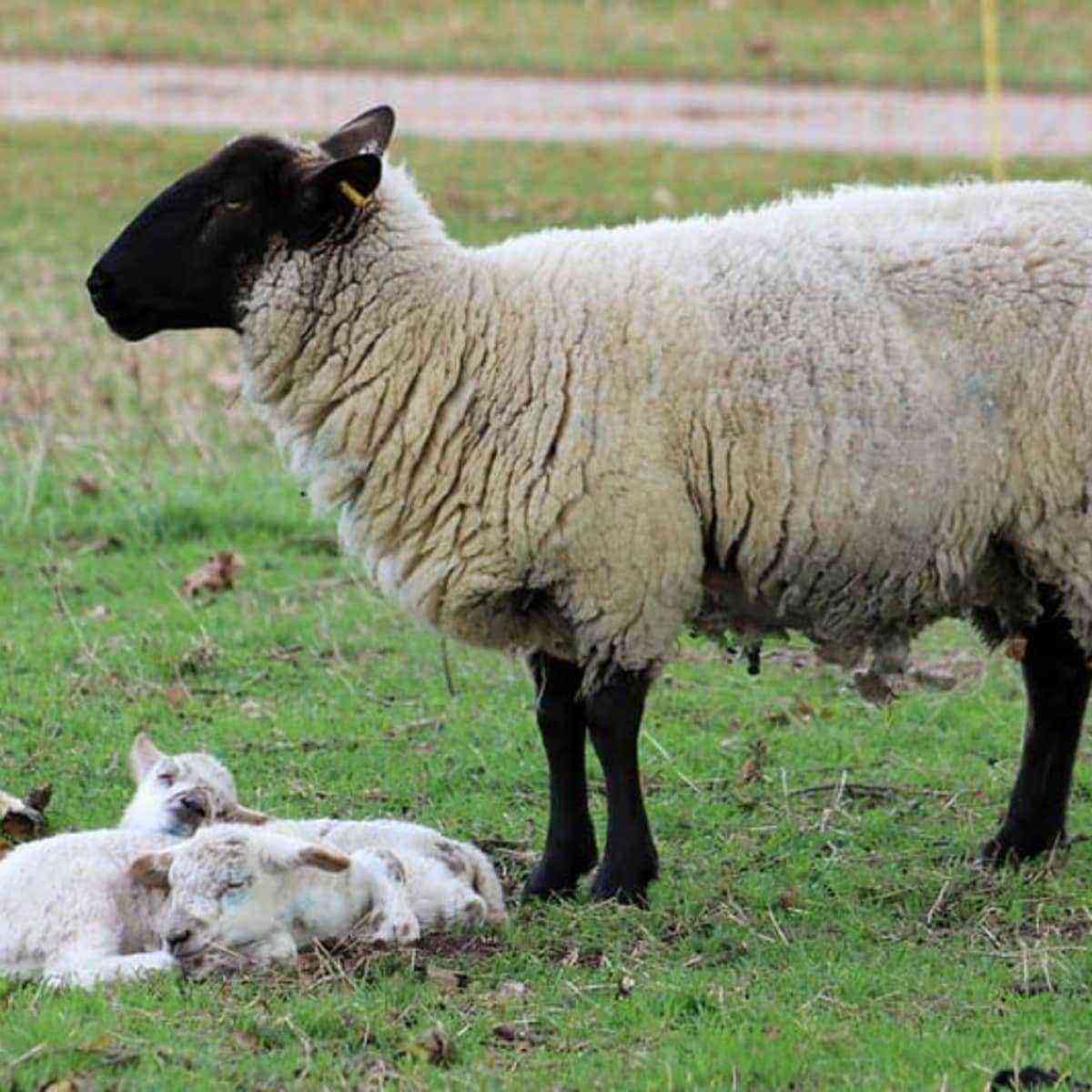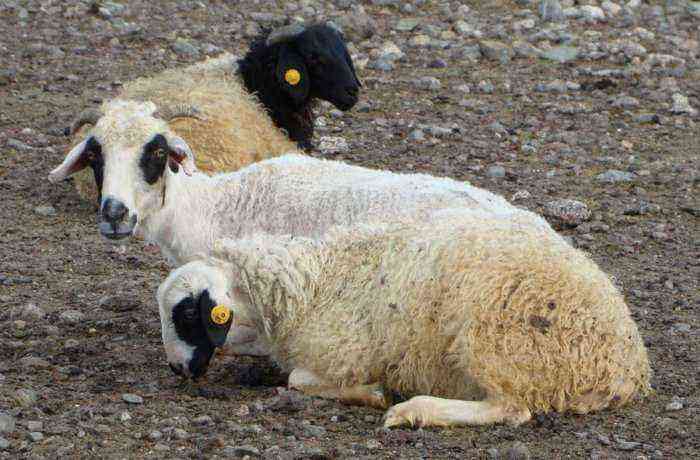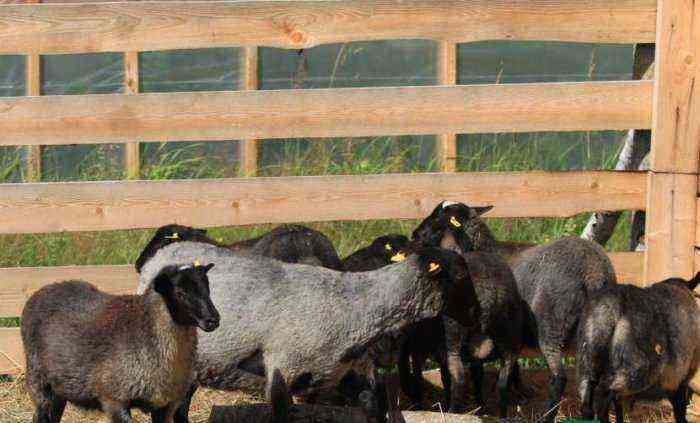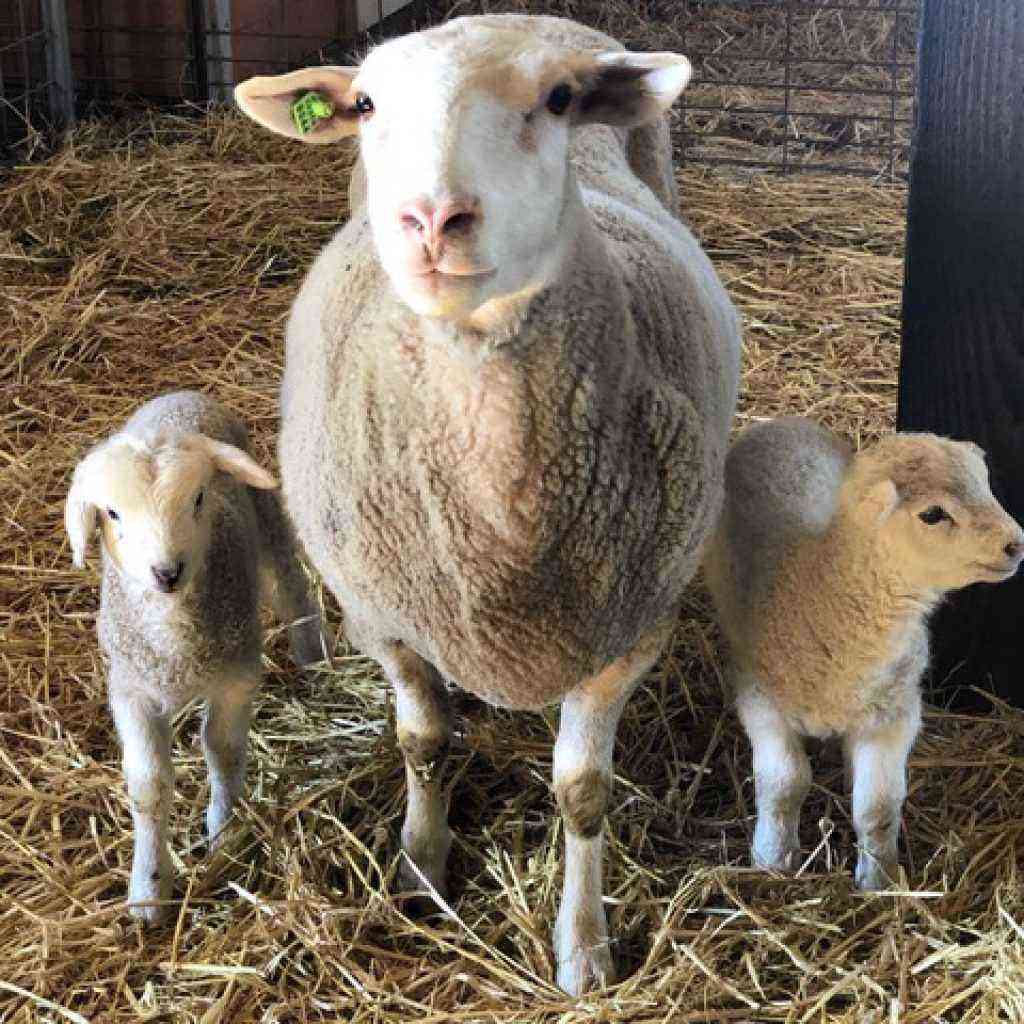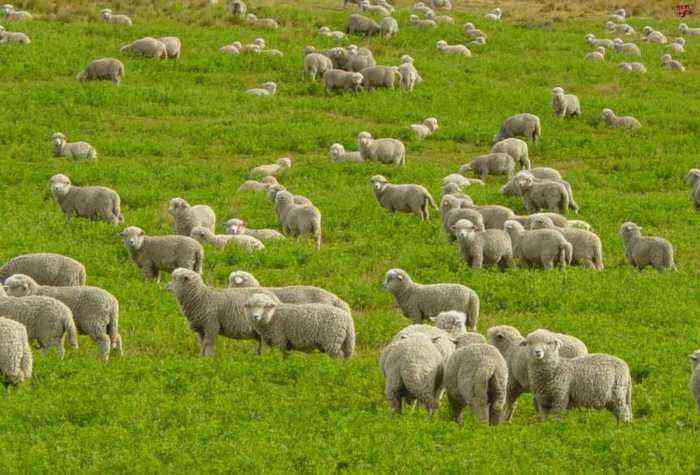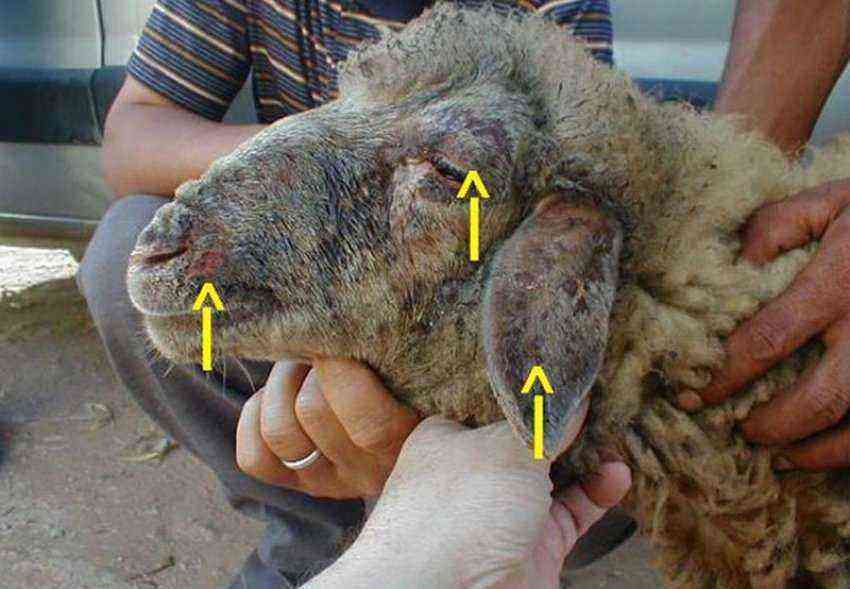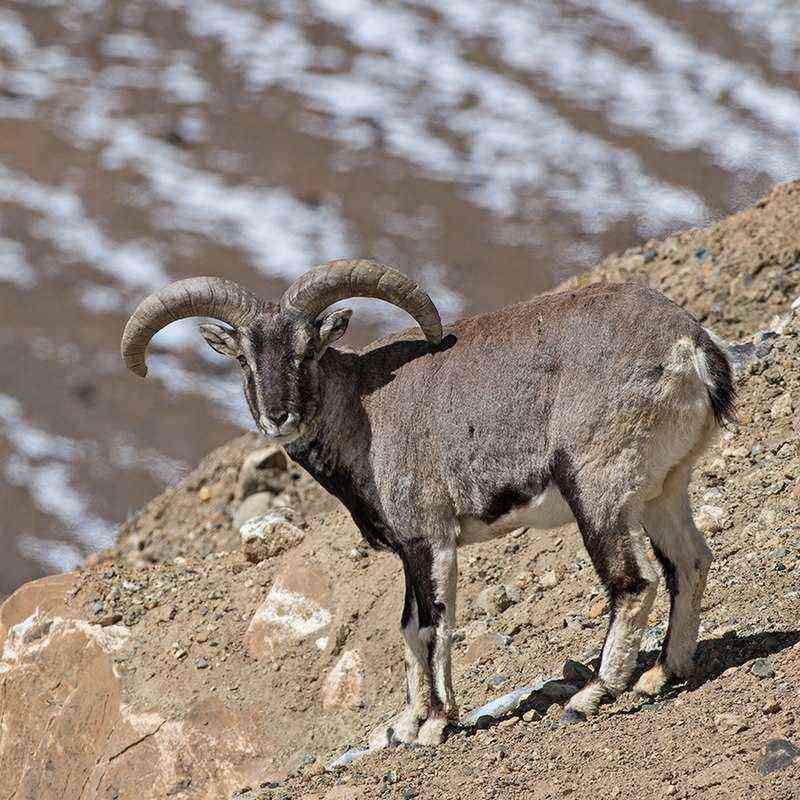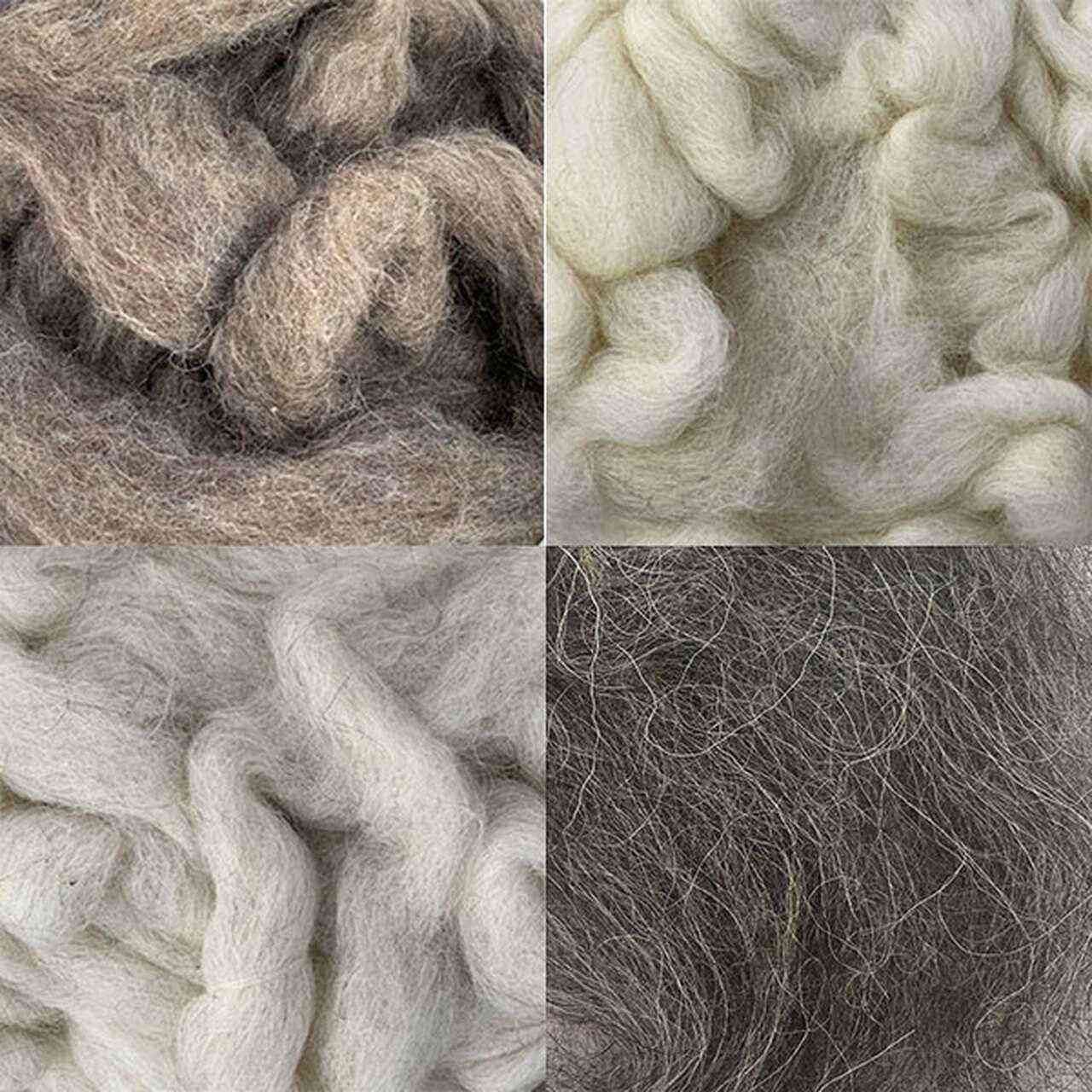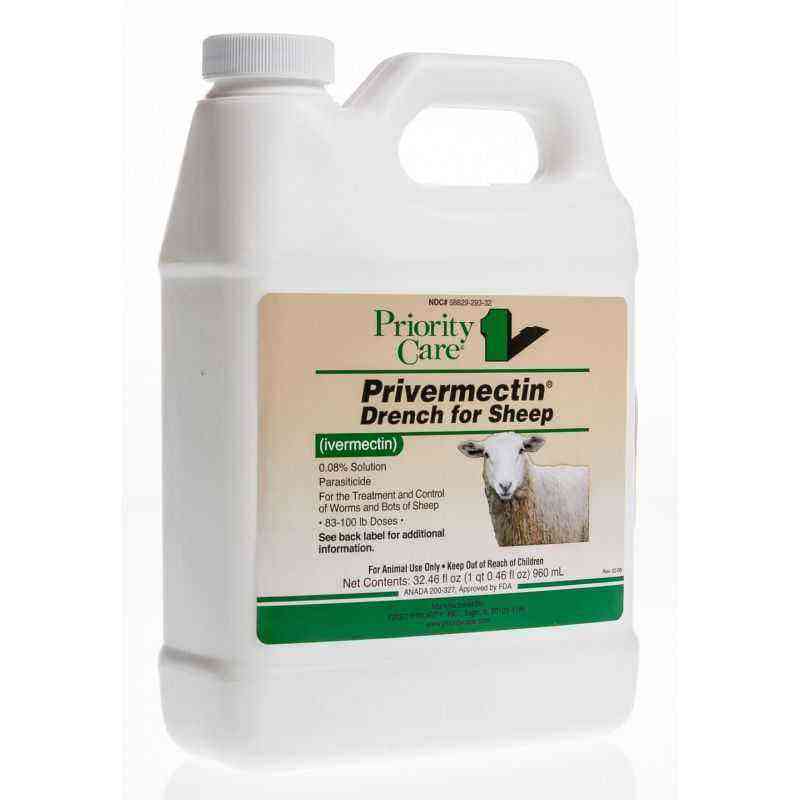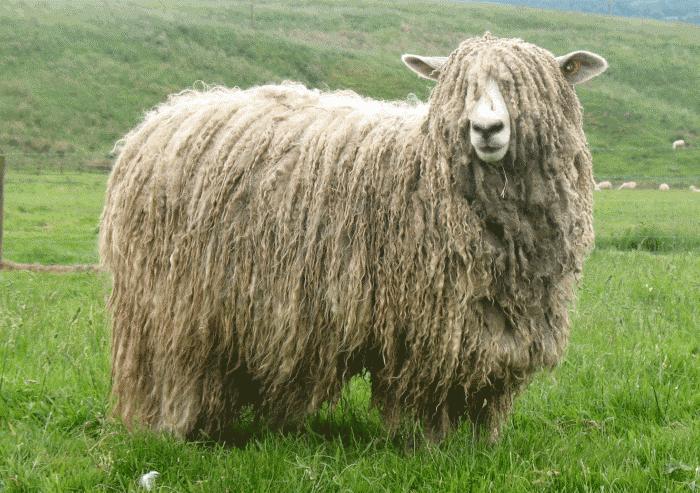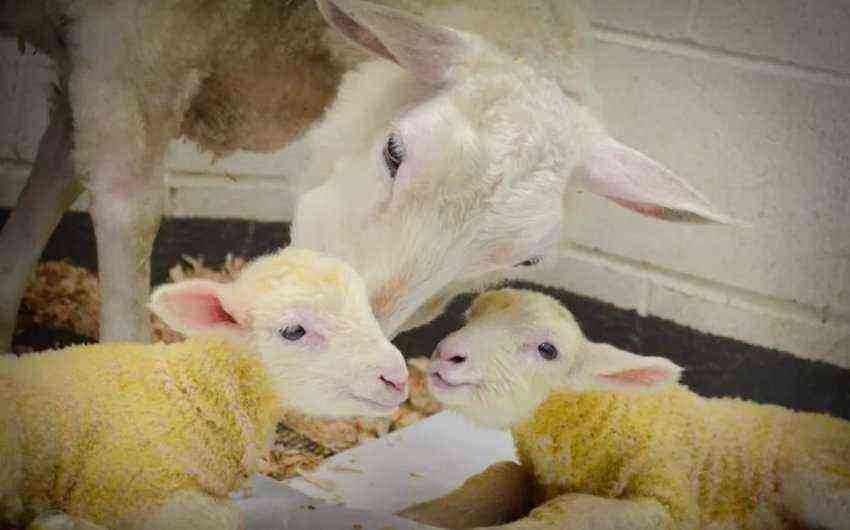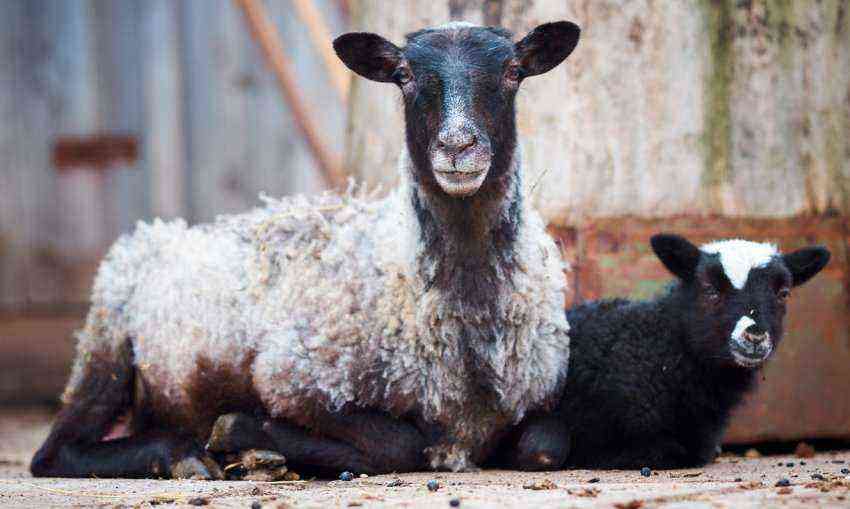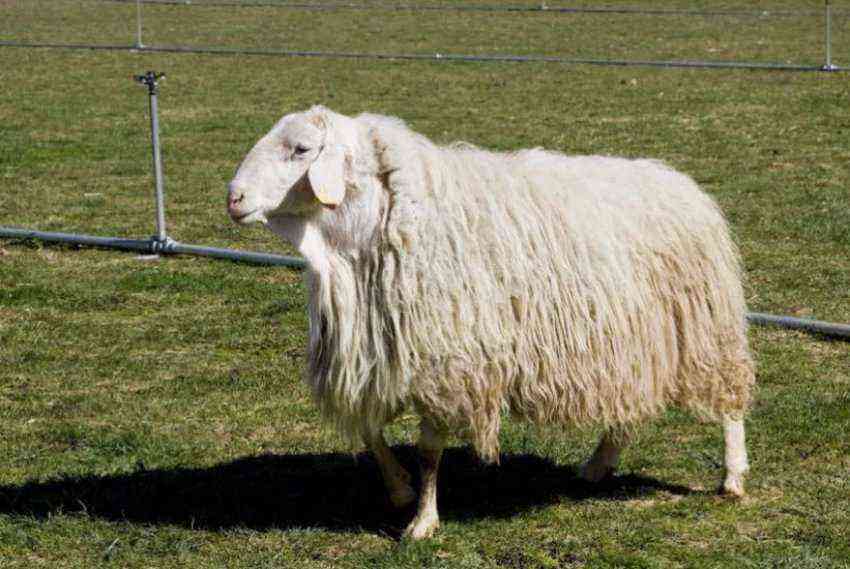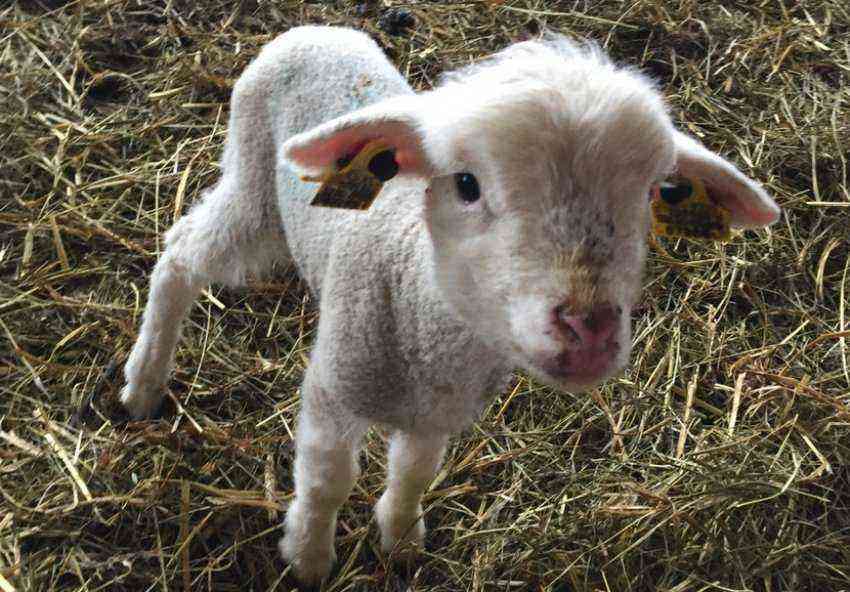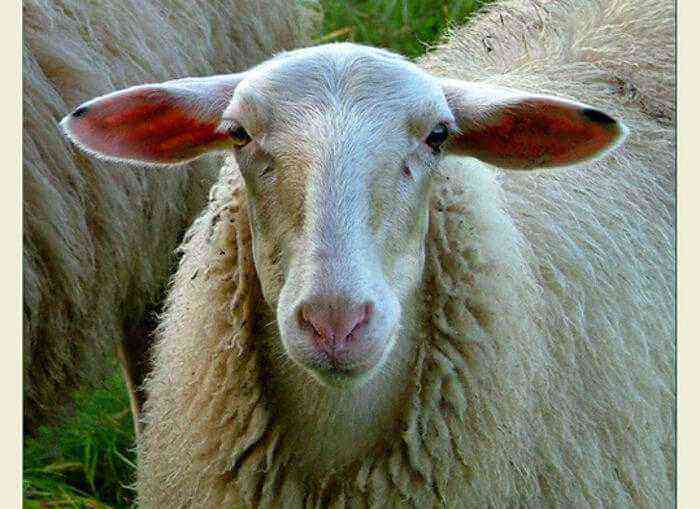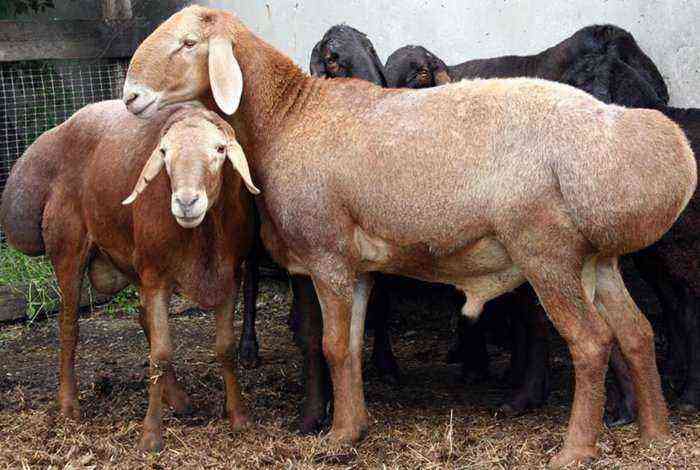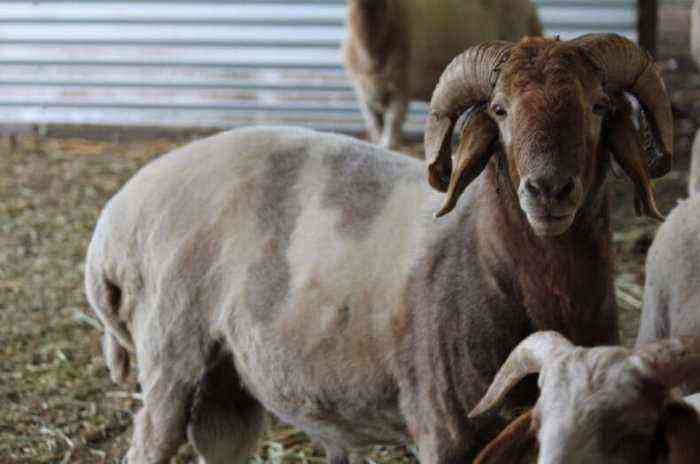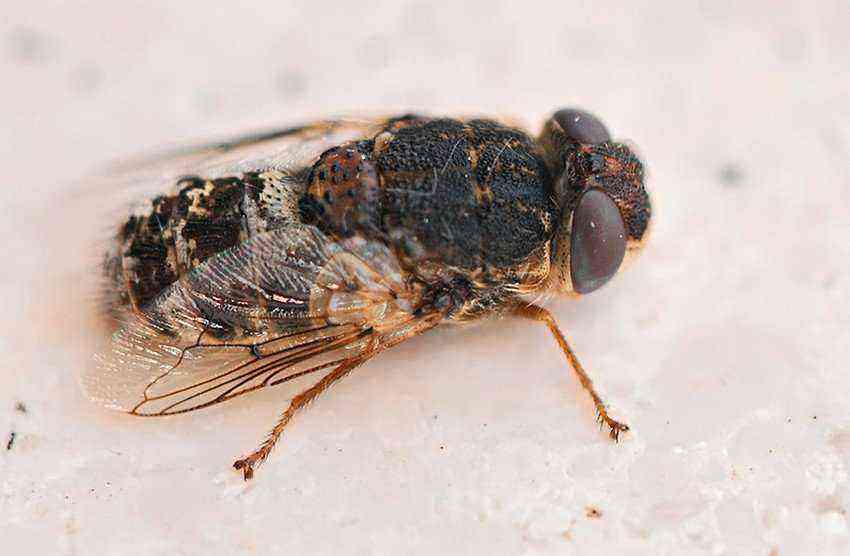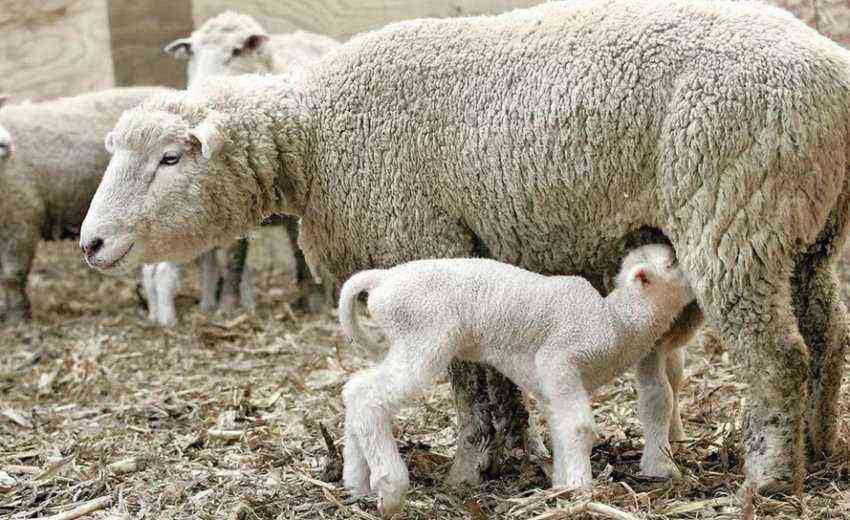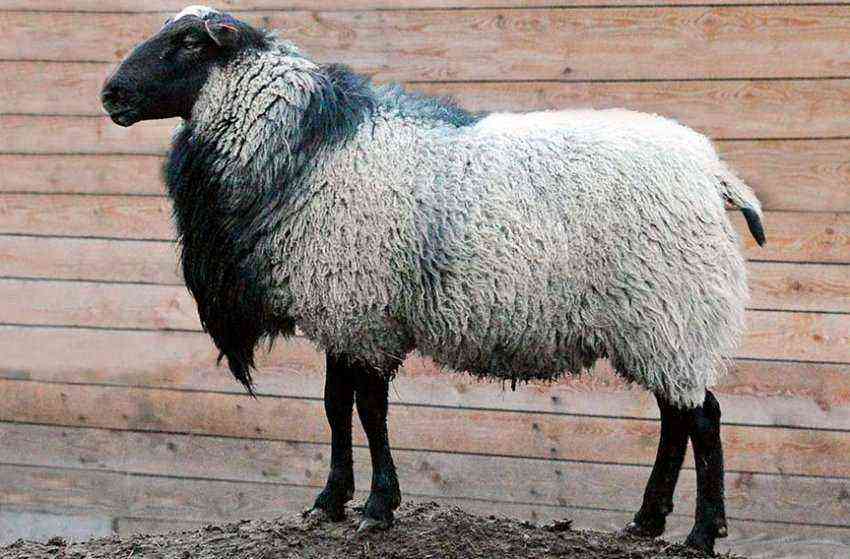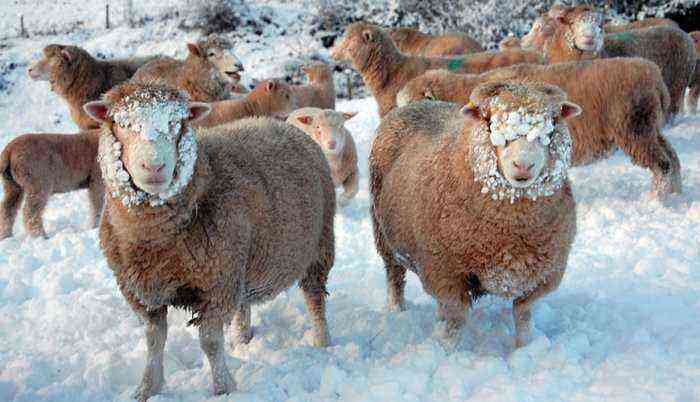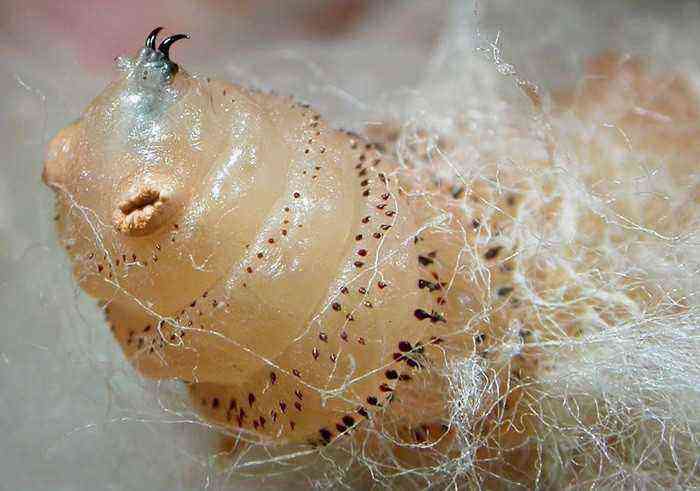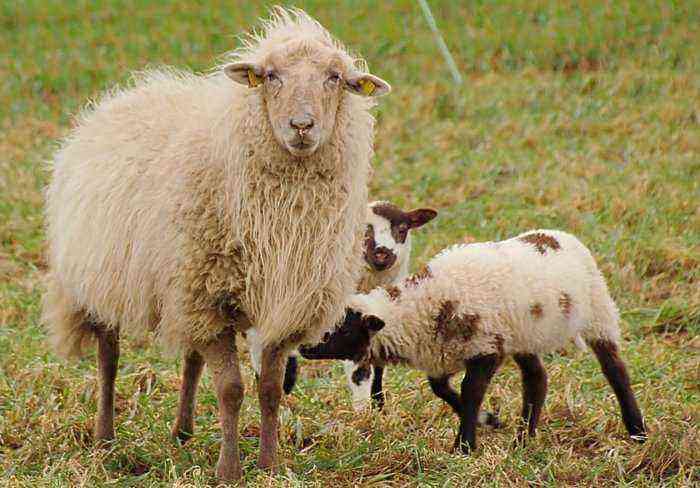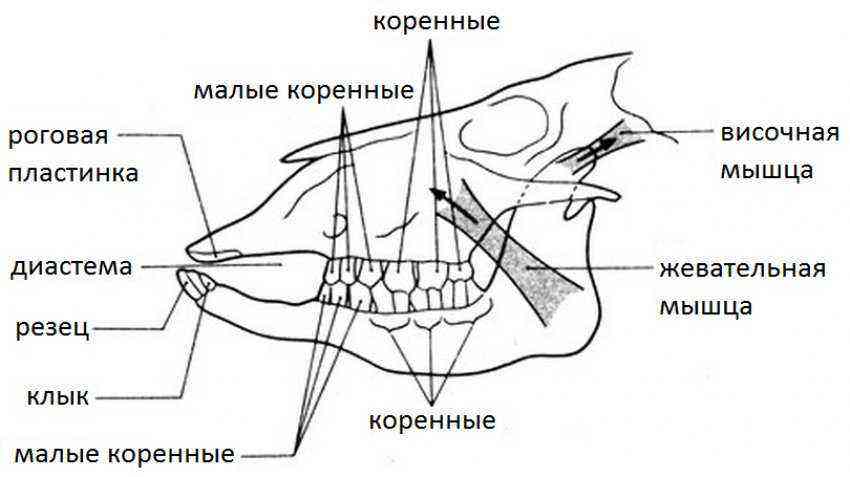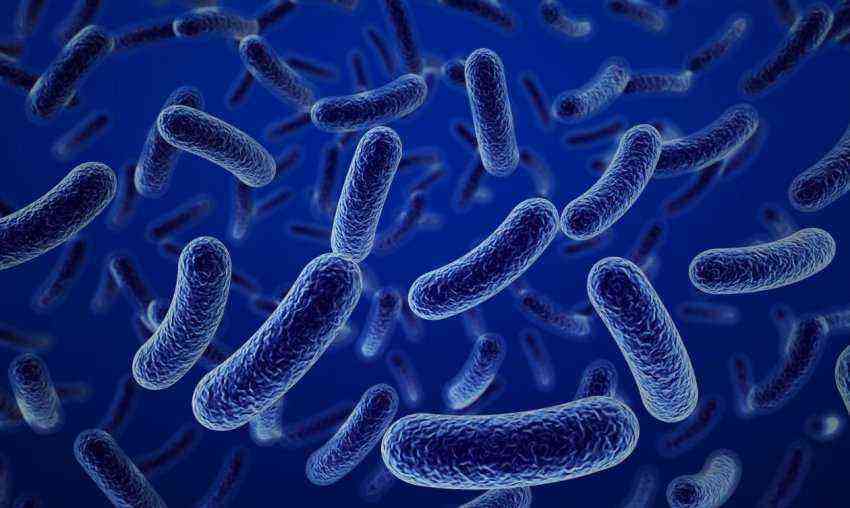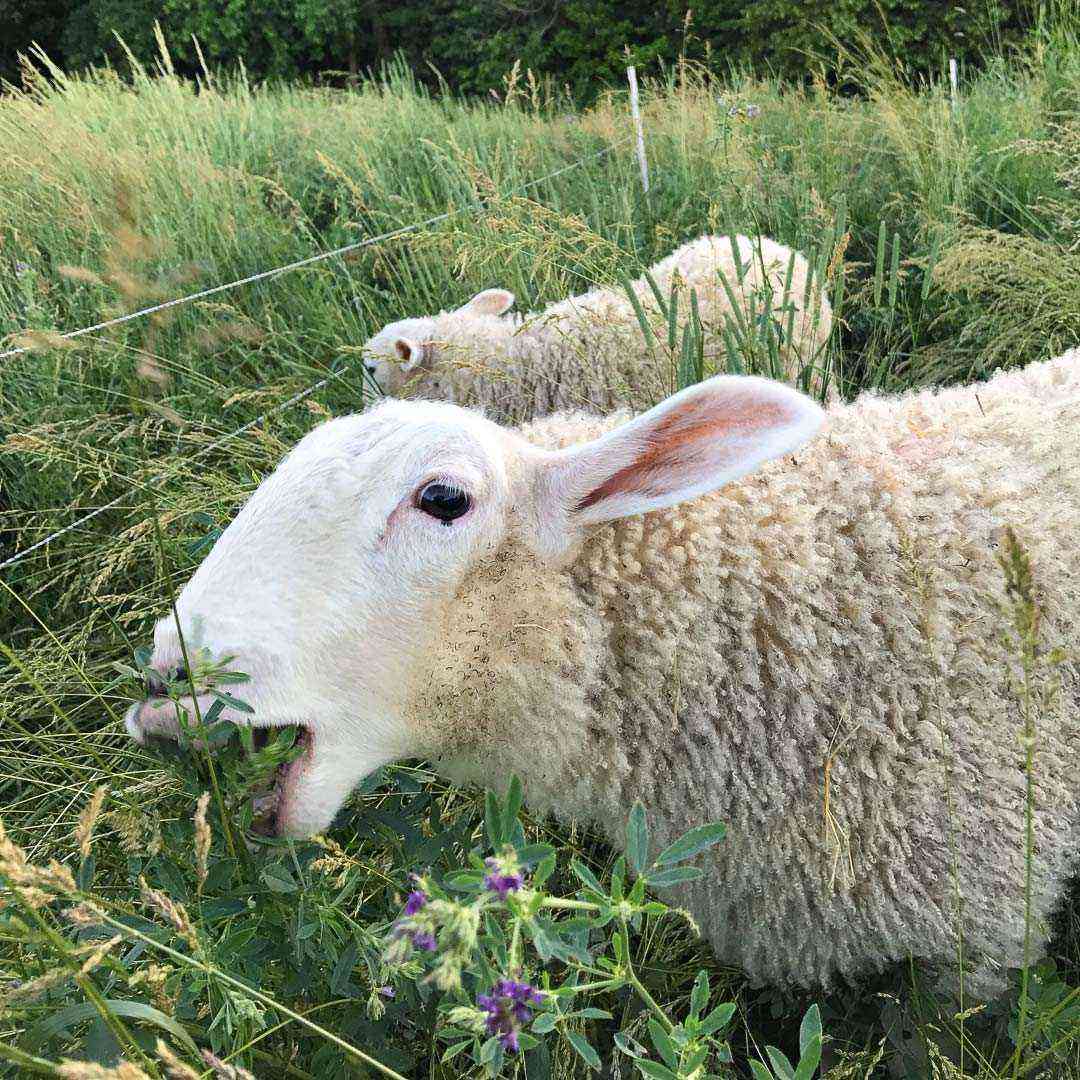The Askanian breed of sheep is one of the largest among the Merino. It owes its origin to Academician Ivanov. At the beginning of the 20th century, he set out to create a breed that would produce a lot of wool of excellent quality and at the same time provide farmers with a large amount of meat. The productivity of Askanian sheep, the advantages and disadvantages of the breed are discussed in this article.
Askanian sheep
History of the breed
The motherland of the Askanian sheep is Ukraine. Merino sheep were bred there at the beginning of the 20th century on the territory of the famous Askania-Nova reserve. Initially, these were herds with high productivity, but the First World War and the civil war that followed it had an impact on the condition of the tribe. Both meat and wool productivity of animals decreased.
Then Academician Ivanov decided to create a new wrinkled merino breed based on the existing one. He set out to breed highly productive sheep by crossing local sheep with representatives of the rambouillet and prekos breeds. The goal was achieved – the individuals bred as a result of selection work were distinguished by large body dimensions and thick hair, and they were also adapted to the local climate and feed.
Description
Askanian sheep belong to the meat and wool direction. Consider their characteristics:
- growth at the withers in queens reaches 70 cm, in rams – 75-80 cm;
- sheep weight – up to 65 kg, and the average weight of a ram – 110-120 kg;
- strong skeleton;
- developed muscle mass;
- rams have horns, ewes do not;
- the color of the coat is white, its length in males reaches 10 cm, and in queens – 7,5 cm;
- the density of the fleece is average, the type is staple;
- zhiropot is painted in shades of beige.

Representative of the Askani breed
The Ascanian breed of sheep boasts high quality fleece and a large shear. One of the advantages of these animals is that their hair abundantly covers not only the back and sides, but also the belly, limbs and head. Animals are characterized by rapid growth. Already at the age of one and a half, the yolk reaches the weight of an adult female and can happen to a ram.
Attention! The genotype of representatives of this breed is used to improve the characteristics of other species. On their basis, Soviet merinos were created, as well as Altai and Caucasian sheep.
Now there are about 2 million Askanian sheep, and the bulk of the animals are purebred. The largest herds are kept in the southern regions of Russia and Ukraine.
Performance indicators
Askanian sheep are distinguished by high productivity both in the wool and meat direction. Every year, up to 8 kg of wool can be collected from each ewe, and up to 19 kg from a ram. The output of pure woolen raw materials reaches 45%.
The slaughter yield of meat is 50-52%. With proper feeding, this figure can be higher. Fertility of females is average. The number of livestock increases by 25-30% annually.
Reference. The ram-record holder, weighing 183 kg at the age of three, produced about 32 kg of wool in a year!
Advantages and disadvantages
Sheep bred in the Askania-Nova reserve have many advantages:
- they are the largest of all existing merino;
- their meat is pleasant in taste and does not have a specific smell, it has little fat;
- fertility of females at the proper level;
- high rate of annual wool shearing;
- the ability to inherit their best qualities.
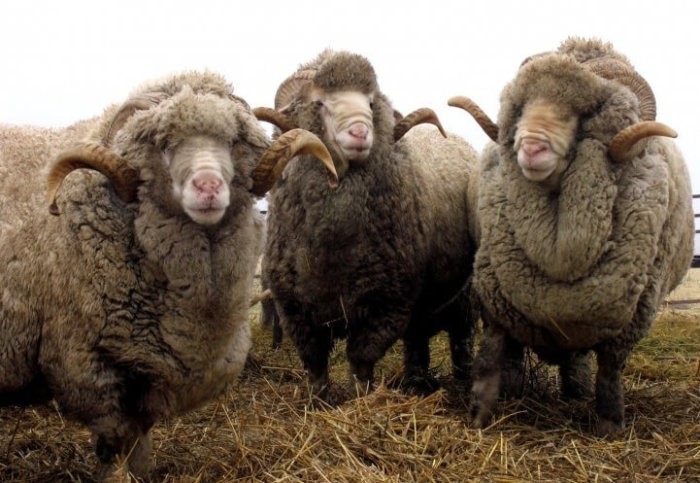
Sheep bred in the Askania-Nova Reserve
The disadvantages of the Askanian breed include:
- wool is poorly balanced – hairs differ in length on different parts of the body;
- slight production of fat;
- in the back area, the fleece quickly becomes dirty.
Despite these shortcomings, Askanian sheep are valued in Ukraine and Russia. Their fleece is used to make woolen garments. The meat of these animals contains almost no cholesterol. Especially tasty meat is obtained from young lambs. It is recommended to eat even the elderly. These sheep are of value to breeders, they are used to improve the productive qualities of other breeds.
